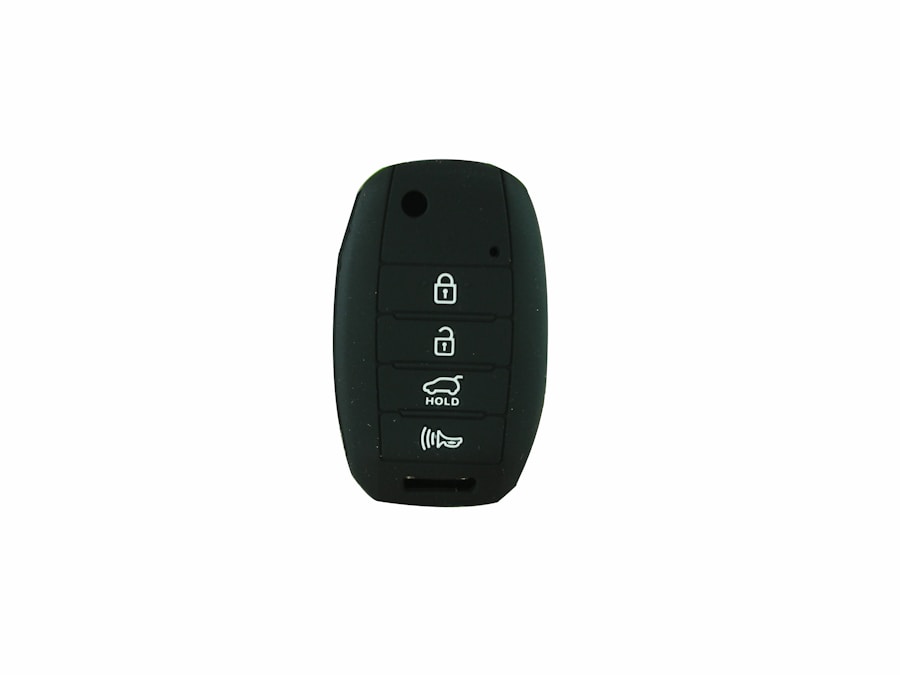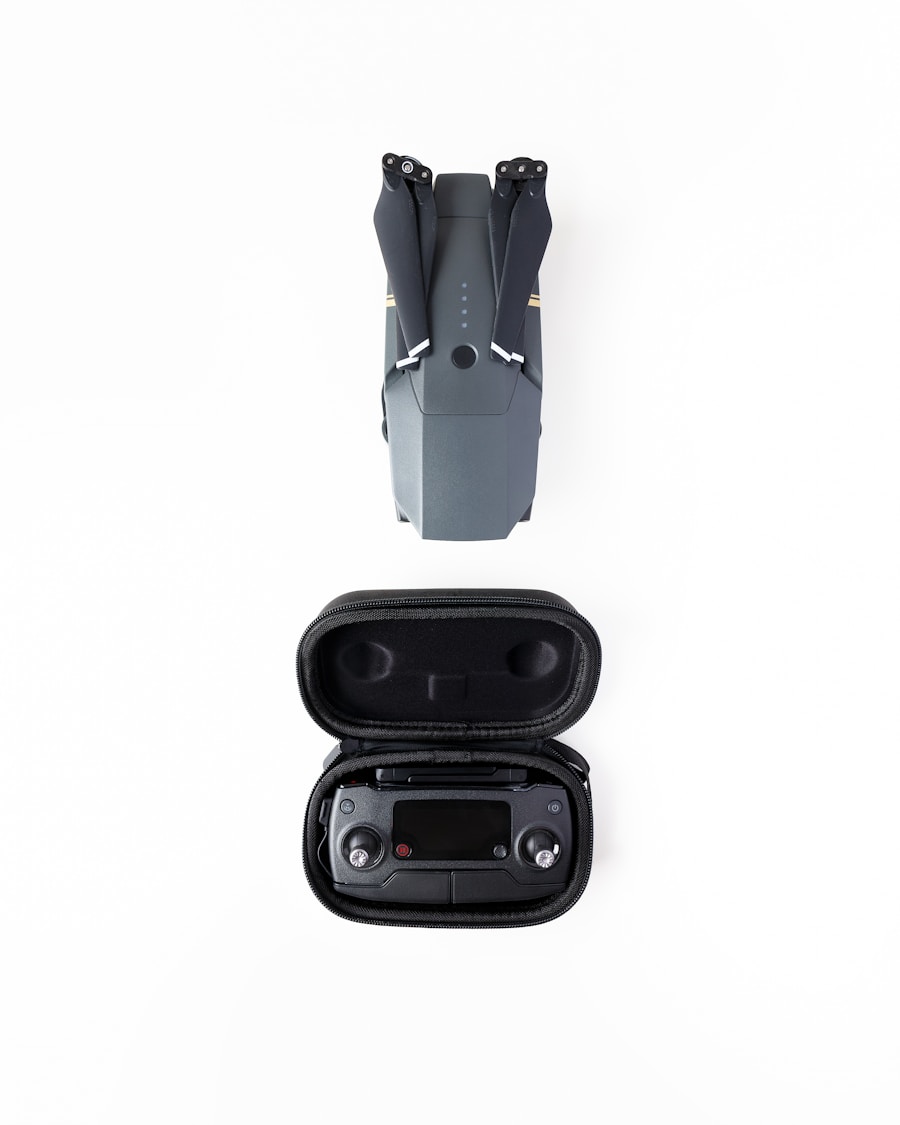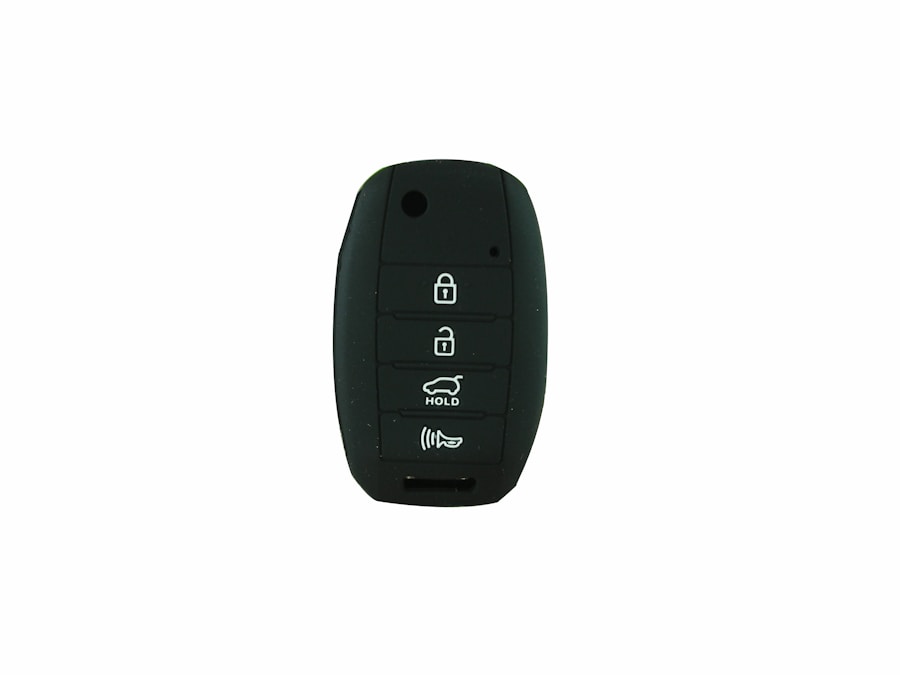On-Board Diagnostics II (OBD2) readers have revolutionized the way vehicle diagnostics are performed, providing car owners and mechanics with a powerful tool to monitor and troubleshoot vehicle performance. Introduced in the mid-1990s, OBD2 systems became standard in all cars sold in the United States after 1996. These systems are designed to monitor the performance of the vehicle’s engine and other essential components, allowing for real-time data collection and analysis.
OBD2 readers connect to a vehicle’s OBD2 port, typically located under the dashboard, and can retrieve diagnostic trouble codes (DTCs), sensor data, and other vital information that can help identify issues before they escalate into more significant problems. The technology behind OBD2 readers has evolved significantly over the years. Initially, these devices were primarily used by professional mechanics and automotive technicians.
However, with advancements in technology and the increasing availability of user-friendly models, OBD2 readers have become accessible to everyday car owners. This democratization of vehicle diagnostics empowers individuals to take control of their car maintenance, potentially saving them time and money by allowing them to diagnose issues before visiting a mechanic. As a result, understanding how to utilize OBD2 readers effectively has become an essential skill for anyone who owns a vehicle.
Key Takeaways
- OBD2 readers are essential tools for diagnosing car issues and monitoring vehicle performance.
- Using OBD2 readers can save time and money by providing accurate diagnostic information and identifying potential problems early.
- When choosing an OBD2 reader, look for features such as compatibility with your vehicle, real-time data monitoring, and user-friendly interface.
- Top OBD2 readers on the market include brands like BlueDriver, Autel, and Innova, each offering unique features and capabilities.
- To choose the right OBD2 reader for your car, consider factors such as your car’s make and model, the type of data you want to monitor, and your budget.
Benefits of Using OBD2 Readers for Car Diagnostics
Quickly Identify Vehicle Problems
One of the primary benefits of using an OBD2 reader is the ability to quickly identify problems within a vehicle’s systems. When a check engine light illuminates on the dashboard, it can be a source of anxiety for many drivers. An OBD2 reader can provide immediate insight into the underlying issue by retrieving DTCs that indicate specific malfunctions. For instance, a code such as P0420 may suggest a problem with the catalytic converter, while P0301 could indicate a misfire in cylinder one.
Make Informed Decisions
By understanding these codes, car owners can make informed decisions about whether to attempt repairs themselves or seek professional assistance. In addition to diagnosing issues, OBD2 readers offer real-time data monitoring capabilities. Many advanced models allow users to view live data from various sensors, such as engine RPM, coolant temperature, and fuel trim levels.
Proactive Vehicle Maintenance
This information can be invaluable for diagnosing intermittent problems that may not trigger a check engine light but still affect vehicle performance. For example, if a driver notices poor fuel economy, they can use an OBD2 reader to monitor fuel trim data and identify whether the engine is running too rich or too lean. This proactive approach to vehicle maintenance can lead to improved performance and longevity.
Top Features to Look for in OBD2 Readers
When selecting an OBD2 reader, several key features should be considered to ensure that the device meets your diagnostic needs. One of the most important features is compatibility with various vehicle makes and models. While most OBD2 readers are designed to work with vehicles manufactured after 1996, some models may have limitations regarding specific brands or systems.
Therefore, it is crucial to choose a reader that explicitly states its compatibility with your vehicle. Another essential feature is the ability to read and clear diagnostic trouble codes. While most basic models can retrieve DTCs, more advanced readers offer additional functionalities such as live data streaming, freeze frame data, and enhanced diagnostics for specific manufacturers.
Live data streaming allows users to monitor real-time sensor readings, which can be particularly useful for diagnosing issues that do not trigger a check engine light. Additionally, some readers come equipped with built-in repair suggestions or troubleshooting guides that can assist users in understanding the implications of specific codes. User-friendliness is also a critical factor when choosing an OBD2 reader.
A device with an intuitive interface and clear display will make it easier for users to navigate through menus and interpret data. Some models even feature Bluetooth connectivity, allowing users to connect their smartphones or tablets for enhanced functionality through dedicated apps. This wireless capability can provide a more comprehensive diagnostic experience by offering additional features such as graphing data over time or sharing diagnostic reports with mechanics.
Comparison of Top OBD2 Readers on the Market
| OBD2 Reader | Price | Compatibility | Special Features |
|---|---|---|---|
| BlueDriver Bluetooth Pro OBDII Scan Tool | 99.95 | Works with most vehicles manufactured after 1996 | Enhanced diagnostics and repair reports |
| ANCEL AD310 Classic Enhanced Universal OBD II Scanner | 34.99 | Supports all OBDII protocols | Reads and clears engine fault codes |
| Autel AutoLink AL319 OBD2 Scanner | 34.88 | Works with most 1996 and newer vehicles | Reads and displays I/M monitor readiness status |
| FOXWELL NT301 OBD2 Scanner Professional Enhanced OBDII Diagnostic Code Reader | 69.98 | Compatible with OBDII/EOBD compliant cars, light-duty trucks, SUVs, minivans, and hybrid sold worldwide | Reads and clears engine fault codes and resets monitors |
The market for OBD2 readers is diverse, with numerous options available catering to different needs and budgets. One of the most popular models is the BlueDriver Bluetooth Professional OBDII Scan Tool. This device stands out due to its extensive compatibility with over 10,000 vehicles and its ability to provide enhanced diagnostics for specific makes like Ford and GM.
The accompanying smartphone app offers real-time data monitoring, repair suggestions, and even access to technical service bulletins (TSBs), making it an excellent choice for both DIY enthusiasts and professional mechanics. Another noteworthy option is the ANCEL AD310 Classic Enhanced Universal OBD II Scanner. This budget-friendly model is known for its simplicity and ease of use.
It features a straightforward interface with a large LCD display that shows DTCs and their definitions without requiring any additional software or apps. While it may lack some advanced features like live data streaming or Bluetooth connectivity, its reliability and affordability make it an attractive choice for those who need basic diagnostic capabilities without breaking the bank. For those seeking advanced functionality, the Launch X431 V+ is a high-end option that offers comprehensive diagnostics across multiple systems beyond just the engine.
This professional-grade scanner provides access to ABS, SRS, transmission, and more, making it suitable for automotive technicians who require in-depth analysis capabilities. With its large touchscreen display and extensive database of vehicle information, the Launch X431 V+ is designed for serious automotive professionals who need a robust tool for diagnosing complex issues.
How to Choose the Right OBD2 Reader for Your Car
Choosing the right OBD2 reader involves assessing your specific needs and understanding how you plan to use the device. If you are a casual car owner looking for basic diagnostics primarily related to engine performance, a simple code reader may suffice. These devices are typically more affordable and easy to use, allowing you to quickly check for trouble codes without delving into advanced features.
Conversely, if you are an automotive enthusiast or a professional mechanic who requires detailed diagnostics across multiple systems, investing in a more advanced model may be worthwhile. Consider features such as live data streaming, compatibility with various vehicle makes, and additional functionalities like ABS or SRS diagnostics when making your decision. It’s also essential to evaluate whether you prefer a standalone device or one that connects via Bluetooth to your smartphone or tablet for enhanced capabilities.
Budget is another critical factor in your decision-making process. While there are excellent options available at various price points, it’s essential to balance cost with functionality. A higher-priced model may offer features that save you time and effort in diagnosing complex issues, ultimately justifying the investment.
Researching user reviews and expert recommendations can also provide valuable insights into which models perform best in real-world scenarios.
Tips for Using OBD2 Readers Effectively
Getting Started with Your OBD2 Reader
Begin by reading the user manual that comes with your device. This will help you navigate menus, interpret codes, and utilize any advanced features available. Many manufacturers also offer online resources or video tutorials that can enhance your understanding of how to use their products effectively.
Best Practices for Using an OBD2 Reader
When using an OBD2 reader, make sure your vehicle is in good condition before connecting the device. Turn on the ignition (but don’t start the engine) when plugging in the reader, allowing it to communicate effectively with the vehicle’s onboard computer system. After retrieving diagnostic trouble codes, take note of any freeze frame data available, which provides context about the conditions under which a fault occurred.
Limitations of an OBD2 Reader and When to Seek Professional Help
Remember that while an OBD2 reader is a powerful tool for diagnosing issues, it shouldn’t replace professional expertise when necessary. If you encounter complex problems or codes you don’t fully understand, consult with a qualified mechanic to provide clarity and ensure that any repairs are performed correctly. By combining your knowledge gained from using an OBD2 reader with professional advice when needed, you can maintain your vehicle’s health more effectively and confidently navigate any automotive challenges that arise.





